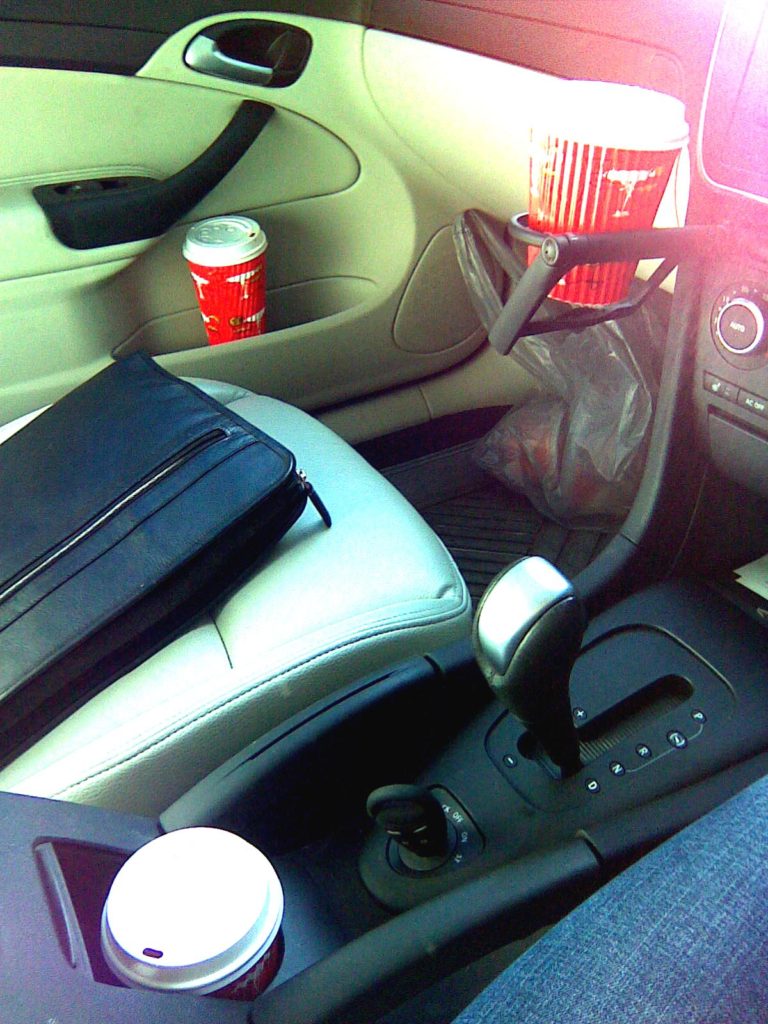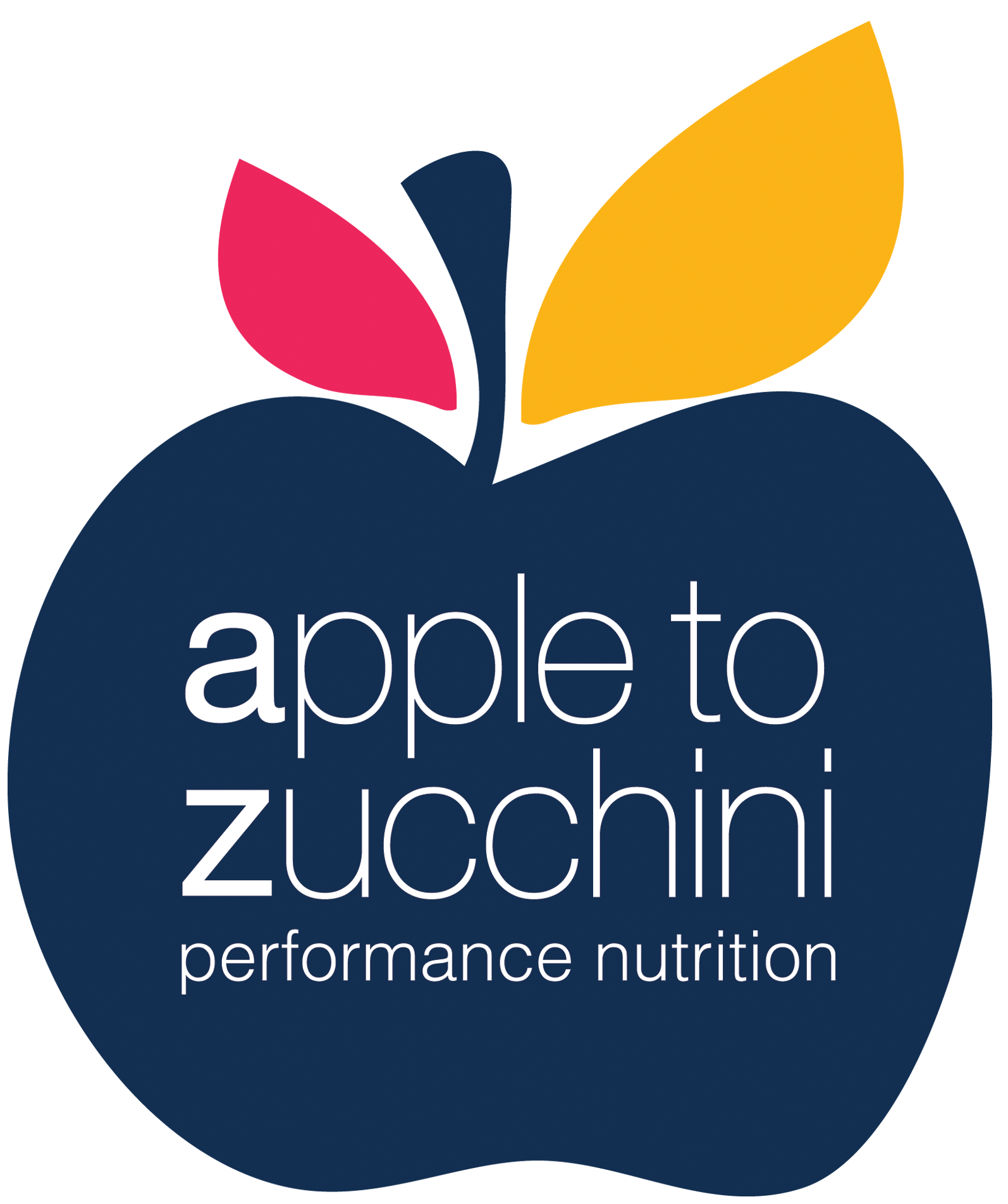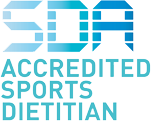5 minute read | by Sally Anderson | Advanced Sports Dietitian
 A few weeks ago, an athlete sent me a photo of the inside of their car…every space that could have held a take-away coffee cup was taken with one. We counted 6 in total – which they said was their snacks for the past 36 hours. While, yes, it’s a lot of caffeine, and it’s possible these is coffee’s are pushing out other nutritions foods in the day, as far as a “snack” goes, a milk-based coffee is one of the most portable, easily accessible, and nutritious foods available, within a 5 min walk or drive.
A few weeks ago, an athlete sent me a photo of the inside of their car…every space that could have held a take-away coffee cup was taken with one. We counted 6 in total – which they said was their snacks for the past 36 hours. While, yes, it’s a lot of caffeine, and it’s possible these is coffee’s are pushing out other nutritions foods in the day, as far as a “snack” goes, a milk-based coffee is one of the most portable, easily accessible, and nutritious foods available, within a 5 min walk or drive.
That said, I don’t think you’d find a sports dietitian anywhere who would feel comfortable about it being the ONLY on-the-go snack option. This got me thinking about the options we could recommend for the athlete who is constantly on-the-go. What options are readily available and reliably nutritious, and portable? Before we get to the top 5, first let’s set the parameters of what is desirable nutritionally.
What an athlete needs in a snack
Snacks between meals can play an important role in an athlete’s daily nutrition; what that role is, depends on the athlete’s goals, but it is likely that these are on their mind…
- Muscle-recovering protein – we know that for optimal muscle growth, it is not about big hits of protein (think having a massive steak for dinner), rather we encourage the idea of ‘drip-feeding’ the muscles with a small punch of protein; well chosen snacks across the course of the day will are part of the solution
- Energy-matched – heavy training coupled with a fast metabolism in a young athlete can often see them needing to utilise all their non-training time for eating. When these athletes fall into a habit of eating only 3 meals a day (likely coupled with a good few naps), it is likely they will fall well-short of their desirable food quota. Snacks can fill the gap for these high-energy need athletes. On the flip side, for those athletes who are keen to keep their muscle recovery ticking along, but do NOT have a high energy budget, a careful snack selection can help get their first goal, while still keeping to their energy budget.
- Nutrient-rich – nutrient-rich food for an athlete is useful to optimise their performance, so while this list is for those on-the-go, we won’t ignore the needs of high-quality nutrients.
Top 5 fast-food ATHLETE snacks
- Take-away coffee. The lead paragraph was a dead-giveaway here, but it takes the top spot for a few reasons. The take-away coffee can be easily scaled to meet a heavyweight rowers needs, or that of a pocket-rocket gymnast. Those on the higher energy scale can order seriously large buckets, and add flavour shots for additional energy. This makes it similar to drinking a large flavoured milk, which provides both protein for muscle repair, and carbohydrate for muscle glycogen refuelling. Lower-energy budget athletes can simply order the small size coffee; this still benefits the athlete with an amount of high-quality protein in the recovery period, yet won’t break the energy budget. HOT TIP: Dairy milks are more nutritions than plant milks. Plant milks tend to be low in protein, and if they are fortified, the calcium from them is not as well absorbed as compared to a dairy milk.
- Sushi – choose well here and you have a perfect mix of carb fuel + recovery protein. Avoid: crumbed and tempura fillings, and the cuts of meat that look quite segmented (think chicken teriyaki in a sushi roll) as chances are those filling are not lean cuts of protein. Your best bet is any sashimi + avocado. Brown rice sushi is the ultimate! We prefer sushi rolls with seaweed wrapping as opposed to rice paper rolls. The seaweed provides an excellent source of micronutrients, which is often missing in a rice paper roll that contains only a protein source + rice noodles. HOT TIP: sometimes rice paper rolls contain herbs – in this case – it is even stevens with the seaweed-wrapped sushi!
- Boiled eggs – these can’t be stored in your glove box, but on the weekend you can cook up a batch and grab a couple before leaving the house. No prep required on the day. Eggs are up there with dairy foods when it comes to muscle recovery. HOT TIP: after boiling your eggs, immediately plunge them in icy cold water – this will stop that grey ring developing around the yolk
- Roasted fav-va beans – these you CAN keep in the glove box. In the healthfood aisle, you’ll find convenient single-serve packs. Note these do contain protein, but not the optimal muscle recovering type. We would favour the milk/egg options if you are looking for a snack immediately after a training session. Legumes are a nutrient-rich food choice, and are often overlooked in the modern-day diet. These snacks make for an easy inclusion of the health-promoting legume! HOT TIP: Single-serve packs are ideal for athletes on a low-energy budget; if you are a high-energy need athlete, look for the bulk buy bags, or couple a single-serve pack with other convenience snacks to ensure you aren’t left hungry; and lastly…
- Cooler-bag: clearly this is not a food choice – but all the sports nutrition knowledge in the world is not worth a dime if you can’t put it into practice. A cooler-bag is an absolute necessity for those who spend hours away from home (unless your transport is a campervan). HOT TIP: get a medium-sized cooler bag – don’t just repurpose your insulated green bag…as your food won’t stay cold for long if there is a lot of air circulating around – need to it to 80% full if you want your food to stay cold; on the flip side, you also don’t want one so small that your banana self-mashes into the bottom corner. Invest in one the size that would hold a 6-pack.
So you knew all that already? Let’s press on and cover-off a few foods that are currently quite popular, yet tend to be used in very specific circumstances…
- Acai bowls – store bought versions of these are pretty much gelato with fancy toppings. Yes it might be made off fruit, but often it is a syrup with an afterthought of fruit to give it a seedy texture, and the serving sizes are the equivalent of eating 8 pieces of fruit. Most people would struggle to eat that much fruit in sitting, but blend it with ice and you can down it in a few minutes. Plus there is no protein content to this. These tend to be better low-rotation breakfasts, or made at home where you are able to add ingredients to increase the protein content (yoghurt, milk for example) that will make it fit for a recovery breakfast. WHEN DO WE USE THIS? When needing to scale up carb fuel
- Bliss balls – often sold as protein balls. Given their nutrient profile however, they are better referred to as carb-balls or fat balls – pending the ration of ingredients used. Which is fine if that is what you are using them for – to scale up carbohydrate in your diet, when training loads are high. Unfortunately, the level of protein of these are, for the most part, very low. My other concern is for those protein balls made at point-of-sale, is that you are unaware of the source of the protein powder, or if it contains other ingredients that increase the risk of contamination (e.g. mace powder). If you are a tested athlete, this leads to murky territory. Remember that as a tested athlete, you are responsible for everything that goes in your body. If in doubt, leave it out.
- Muffins – a.k.a jumbo single-serve cakes. If you’ve made muffins lately, you’ll know this to be true. If you want a healthy muffin, you’ll need to make it yourself (from a recipe that doesn’t resemble a cake). Muffins are a source of carbohydrate, and extremely useful when scaling UP carbs. WHEN DO WE USE THIS? When needing to scale up carb fuel
If you could do with some assistance putting all this info into a customised meal plan targeted to your goals, eating preferences and lifestyle, get in touch – we do this DAILY and love nothing more than helping people on their nutrition journey!


